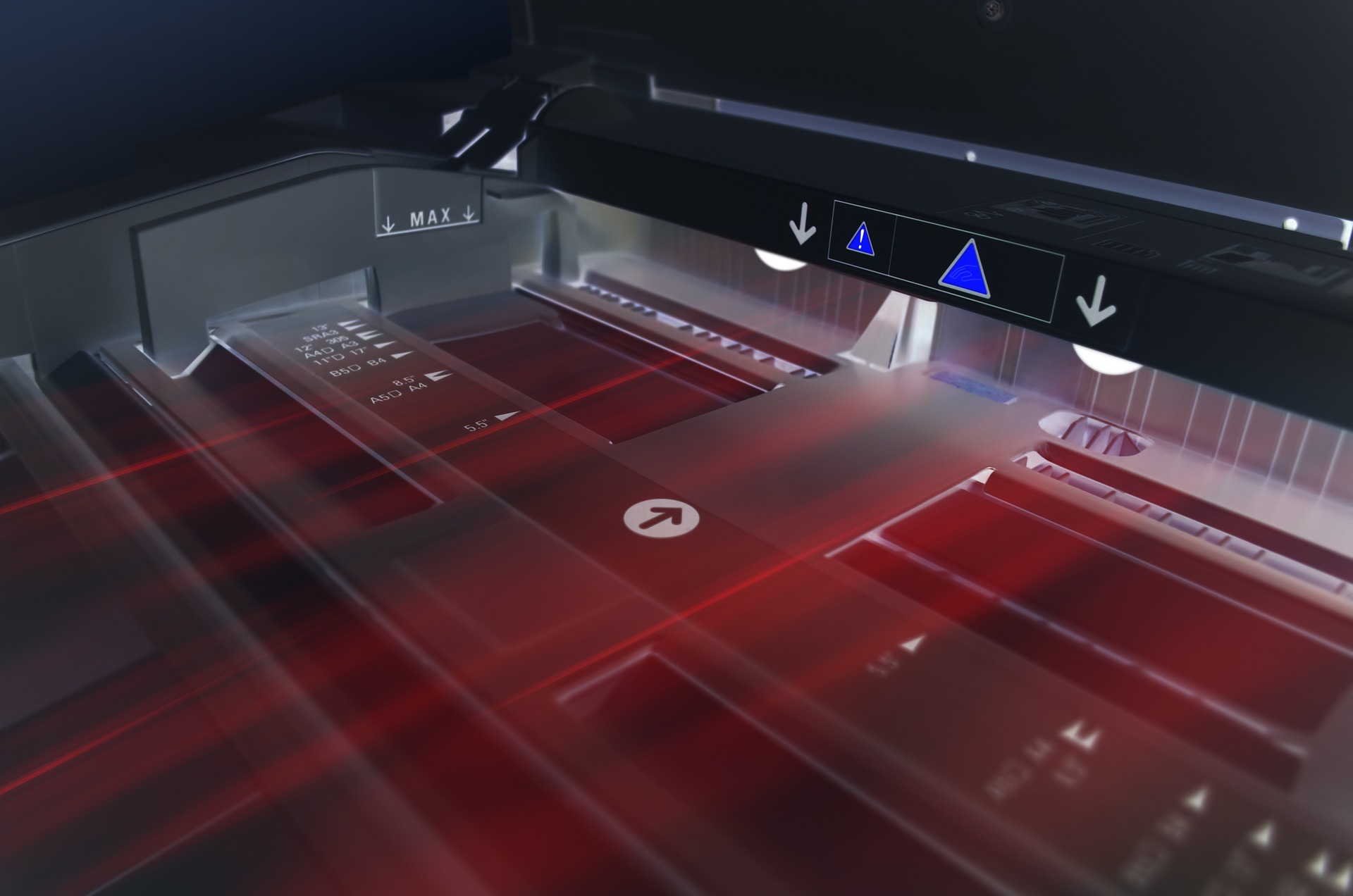Terahertz Technology: Unveiling the Invisible Spectrum in the Tech World
The invisible has always fascinated us – from the mysteries of the deep sea to the far reaches of outer space. Now, in the realm of technology, the invisible is becoming visible through terahertz technology. This article dives into the fascinating world of terahertz technology, exploring its historical context, current applications, and potential future impact on our everyday lives.
Unraveling the History of Terahertz Technology
Terahertz (THz) technology, named for the frequency band it operates in (one trillion cycles per second), is not a new concept. In fact, it dates back to the late 19th century when British scientist James Clerk Maxwell predicted the existence of electromagnetic waves, including THz waves. However, it was not until the late 20th century that we developed the technological capabilities to exploit this unique frequency band.
Scientists and researchers initially struggled to harness THz technology due to the “terahertz gap” - a region of the electromagnetic spectrum that was traditionally difficult to access using conventional electronic devices or optical systems. The advent of quantum cascade lasers in the 1990s, however, opened up a new horizon for THz technology, enabling the generation and detection of THz waves in a compact, robust, and cost-effective manner.
Terahertz Technology Today: Breaking the Boundaries
Fast-forward to the present day, and THz technology is breaking boundaries across multiple industries. From medical imaging and pharmaceutical quality control to wireless communication and security screening, the potential applications of THz waves are vast.
In the medical field, THz imaging is being explored as a non-invasive diagnostic tool for skin cancer detection. Unlike traditional X-rays, THz waves do not ionize biological tissues, making them a safer alternative for imaging applications.
In the world of telecommunications, THz technology is touted as a potential solution for the ever-increasing demand for higher data transmission rates. With frequencies hundreds of times higher than the ones used in current wireless communication systems, THz waves could pave the way for ultra-fast, next-generation wireless networks.
Unfolding the Future: The Potential Impact of Terahertz Technology
Looking ahead, the potential impact of THz technology on our everyday lives is profound. It’s estimated that the global THz technology market will reach $1.3 billion by 2025, reflecting the growing interest and investment in this field.
Beyond the realms of medical diagnostics and telecommunications, THz technology could revolutionize how we interact with our physical environment. For instance, THz sensors could enable us to ‘see’ through opaque materials, opening up new possibilities in fields as diverse as construction, archaeology, and food safety.
Moreover, THz technology could play a crucial role in the development of autonomous vehicles, providing high-resolution radar systems capable of detecting obstacles in challenging weather conditions.
The Challenge: Making Terahertz Technology Accessible
Despite its vast potential, the road to widespread adoption of THz technology is not without hurdles. High manufacturing costs, limited range, and the need for advanced cooling systems are some of the challenges currently facing THz devices.
However, with ongoing research and technological advancements, these barriers are expected to diminish over time, making THz technology an increasingly viable and valuable tool in our tech-driven world.
In conclusion, terahertz technology is ushering in a new era of possibilities by unveiling the invisible. As we continue to push the boundaries of what we can see and achieve with technology, the invisible spectrum of terahertz waves is shaping up to be one of our most exciting frontiers.






